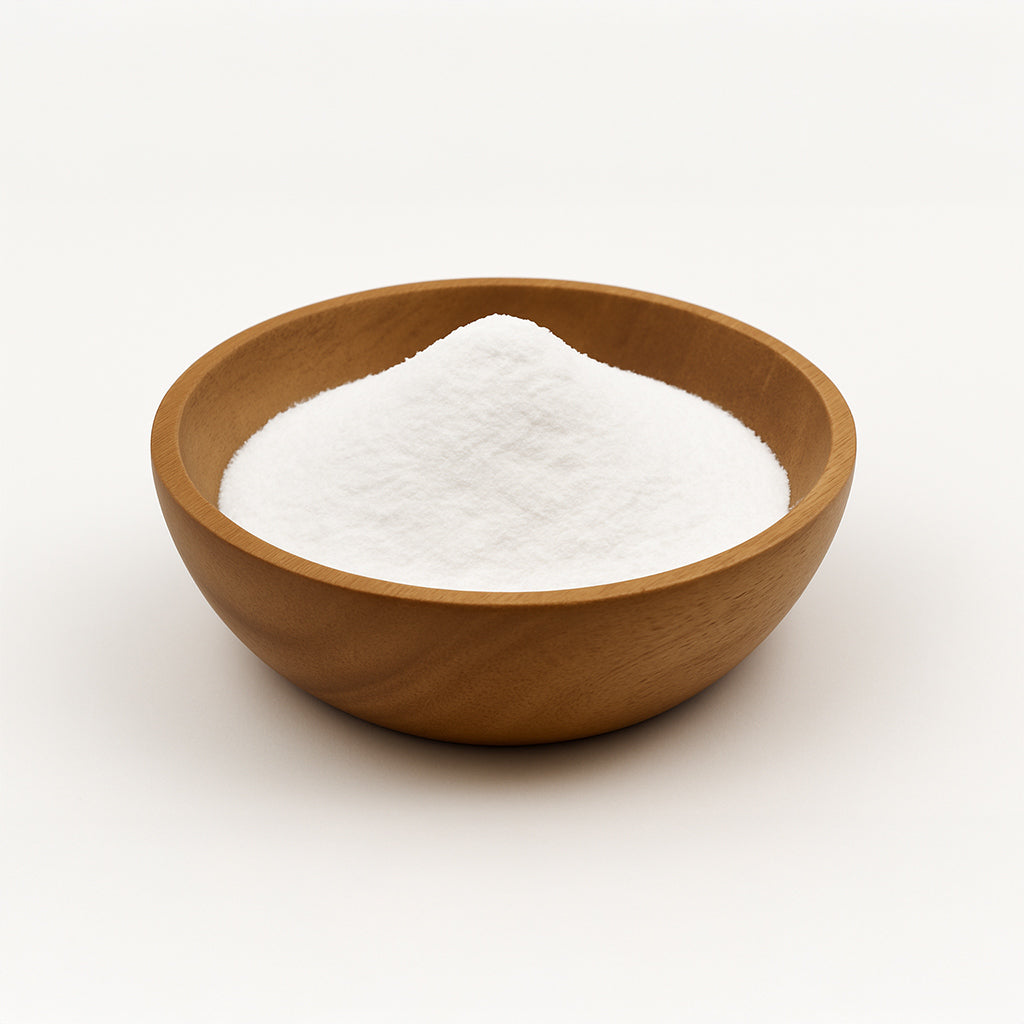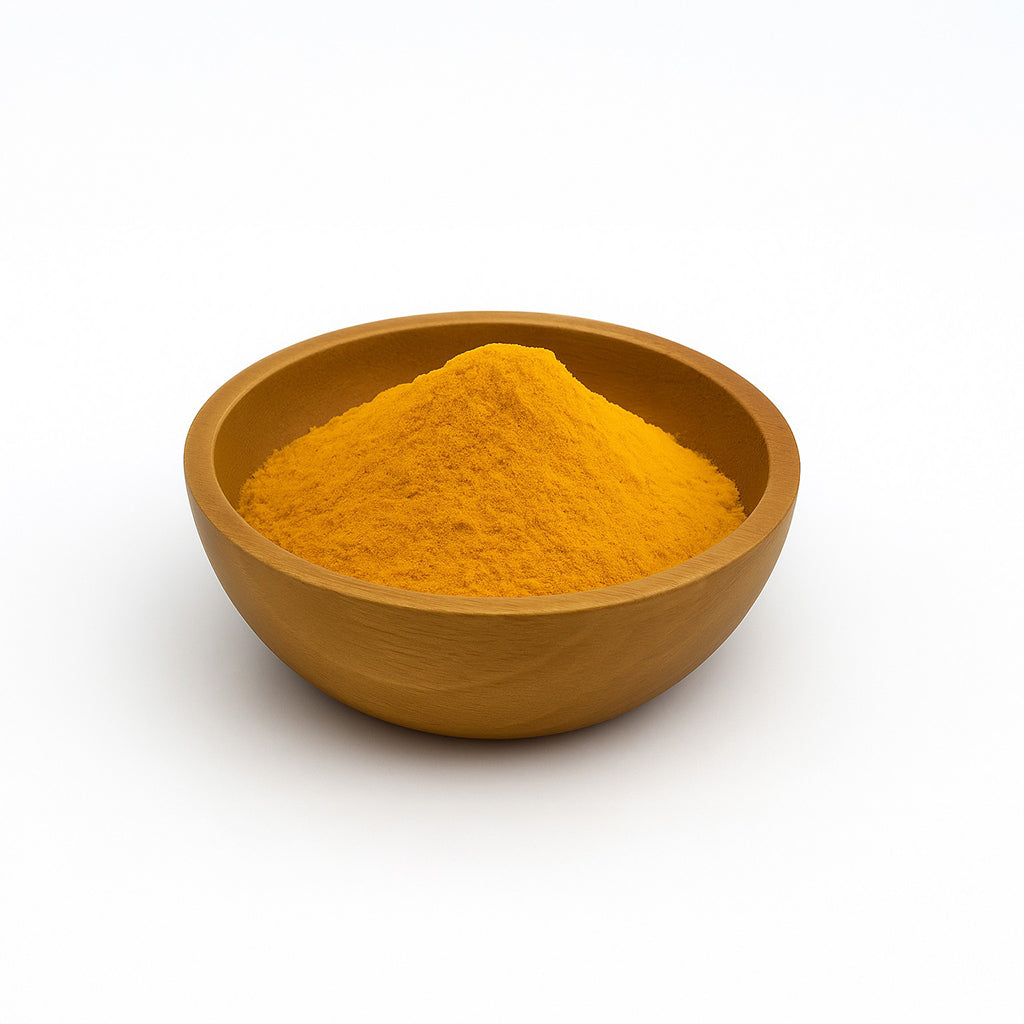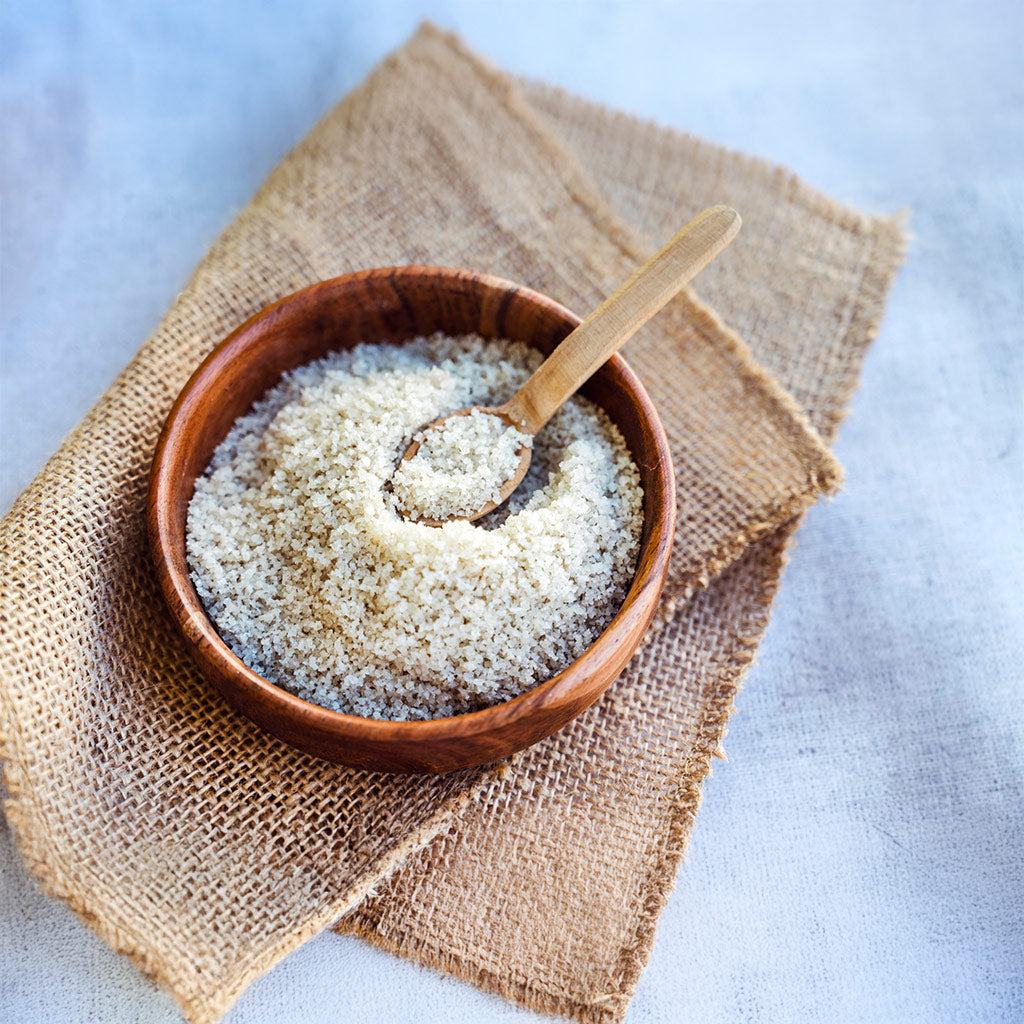Premium activewear under pressure: will sustainability catch up with the price tags?
The Crack in the Crown
The crown jewel of buttery leggings finally slipped. In early June 2025, Lululemon’s stock nosedived 20–22% in a single session after U.S. sales softened, tariff alarms blared, and profit guidance was cut. That one-day rout set the tone: by mid-year shares were down about 40% year-to-date, and by September the plunge had stretched to nearly 57% — wiping out more than half the company’s value. Investors aren’t buying the old hype anymore — and neither are shoppers.
Recovery? Not really. International growth is helping, but Wall Street’s honeymoon with Lulu looks more “it’s complicated” than cult devotion.
Down but not out? The Investor Split
Not everyone is writing Lululemon’s obituary just yet. Despite the 57% plunge this year, the brand’s Q2 numbers weren’t as apocalyptic as some headlines suggest. Gross margins are still a robust 59%, operating margin hovers near 20%, and international sales jumped 22% even as North America flatlined. Loyalists aren’t bailing either with a Net Promoter Score of 42, Lulu still has fans lining up.
The real squeeze is tariffs: management flagged a $240 million profit hit in 2025 alone, forcing EPS guidance down about 14%. But here’s the nuance, the company is still profitable, still buying back shares, and still expanding overseas.
So is this the start of a long decline, or just a growth “breather” after years of runaway success? That’s the investor debate. For now, Lulu looks less like a dying brand and more like a premium giant struggling with the cost of its own scale.
Lulu’s Balancing Act
Credit where it’s due: Lululemon still dominates on comfort and performance. Their Impact Agenda calls for net-zero by 2050, circular recycling pilots, and more renewable energy in their stores. That matters.
But let’s be blunt: at $130 - $150 a pair, Aussies expect fabrics that are cleaner than coal-powered synthetics. Most Lulu staples still rely on polyester and nylon that shed microplastics and carry a massive supply-chain footprint. Circularity pilots are cute, but when the global footprint balloons with every new store, progress feels incremental.
Bottom line? Price premiums demand premium responsibility. And right now, Lulu’s receipts don’t quite match the price tag.
The Consumer Shift
Australians are flipping the script. It’s not enough for tights to feel like a second skin; they want the skin they live in (and the planet it walks on) looked after, too. That means:
-
Recycled bottles spun into leggings
-
Regenerated nylon (ECONYL®)
-
Organic cotton and bamboo
-
Transparent supply chains + local manufacturing
-
Price tags that feel like value, not extortion
Brand loyalty has limits. Even cult icons lose shine when the fabric story doesn’t stretch far enough.
Aussie Challengers Raising the Bar
P.E Nation
Sydney’s swagger label has made sustainability part of its DNA through Our Conscious Nation: recycled and regenerated fabrics, recyclable packaging, and ETI/SEDEX memberships. Style remains sharp, but the eco-edge is now a baseline.
P.E Nation
STAX.
Size-inclusive (XXS–4XL) and viral on socials, STAX is now innovating fabrics too. Their Airlyte sets are ultra-light, breathable, and affordable enough to win new loyalists.
STAX. Airlyte
Nimble
Bondi-born brand turning plastic bottles into performance fabrics, with tight production runs to cut waste. Eco can be slick — and Nimble proves it.
Nimble Activewear
dk active
Proudly Brisbane. ECONYL®, bamboo, organic cotton — plus local manufacturing that backs Aussie jobs and cleaner supply chains.
dk active
The Upside
Fashion-driven streetwear crossover that’s adding recycled and organic fabrics into each drop. Wear it from Pilates to Paddington cafés.
The Upside
Active Truth
Size-inclusive designs built from recycled polyester and organic cotton. Their recycled-nylon swimwear even pulls old fishing nets out of oceans.
Active Truth
Quick-Scan Compare for Sustainability
| Brand | Price vibe | Fabric moves | What stands out |
|---|---|---|---|
| Lululemon | Premium | Recycled poly pilots; still heavy synthetics | Comfort/fit elite; eco shift too slow for the price |
| P.E Nation | Mid-premium | Recycled/regenerated fabrics; eco packaging | Style + sustainability in the same drop |
| STAX. | Mid | New Airlyte tech; inclusive sizing | Innovation + affordability wins |
| Nimble | Mid | Bottles → leggings; small batches | Tangible eco story, low waste |
| dk active | Mid | ECONYL®, bamboo, organic cotton | Local + ethical manufacturing |
| The Upside | Mid-premium | Recycled/organic blends | Fashion-forward + eco edge |
| Active Truth | Mid | Recycled fibres; inclusive fit | Real-bodies credibility + eco fabrics |
The BioHax Take
Lulu built the cult of activewear, but the cracks are showing. Price tags this steep demand materials and transparency that go beyond glossy reports. Shoppers are already voting with their wallets, backing Aussie labels that deliver performance and principles.
When leggings become a statement of both style and sustainability, the winner won’t be the brand with the loudest logo — it’ll be the one with receipts stitched into every seam.
Related Reads
Article originally published: 16 September 2025, by Editor







